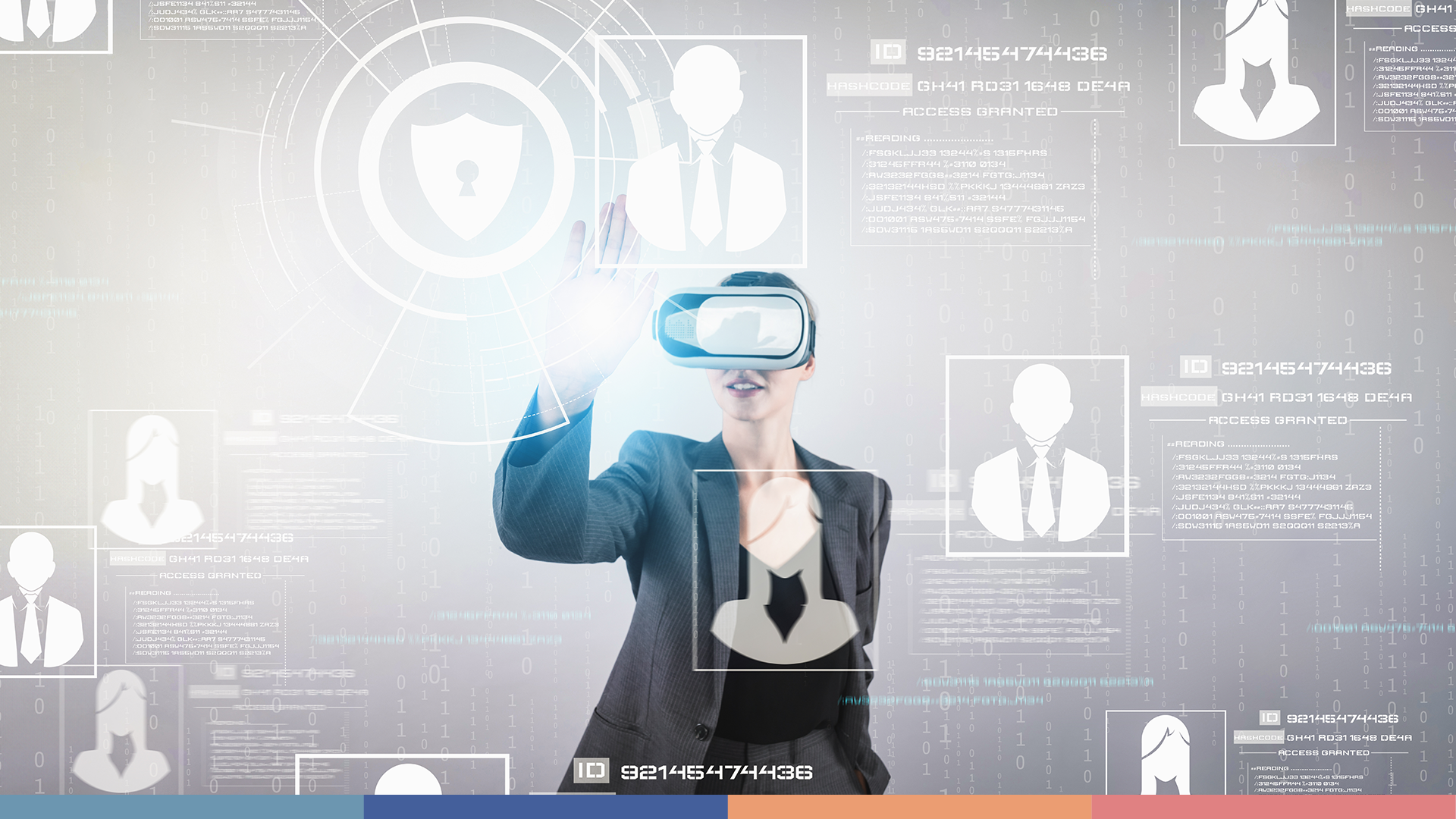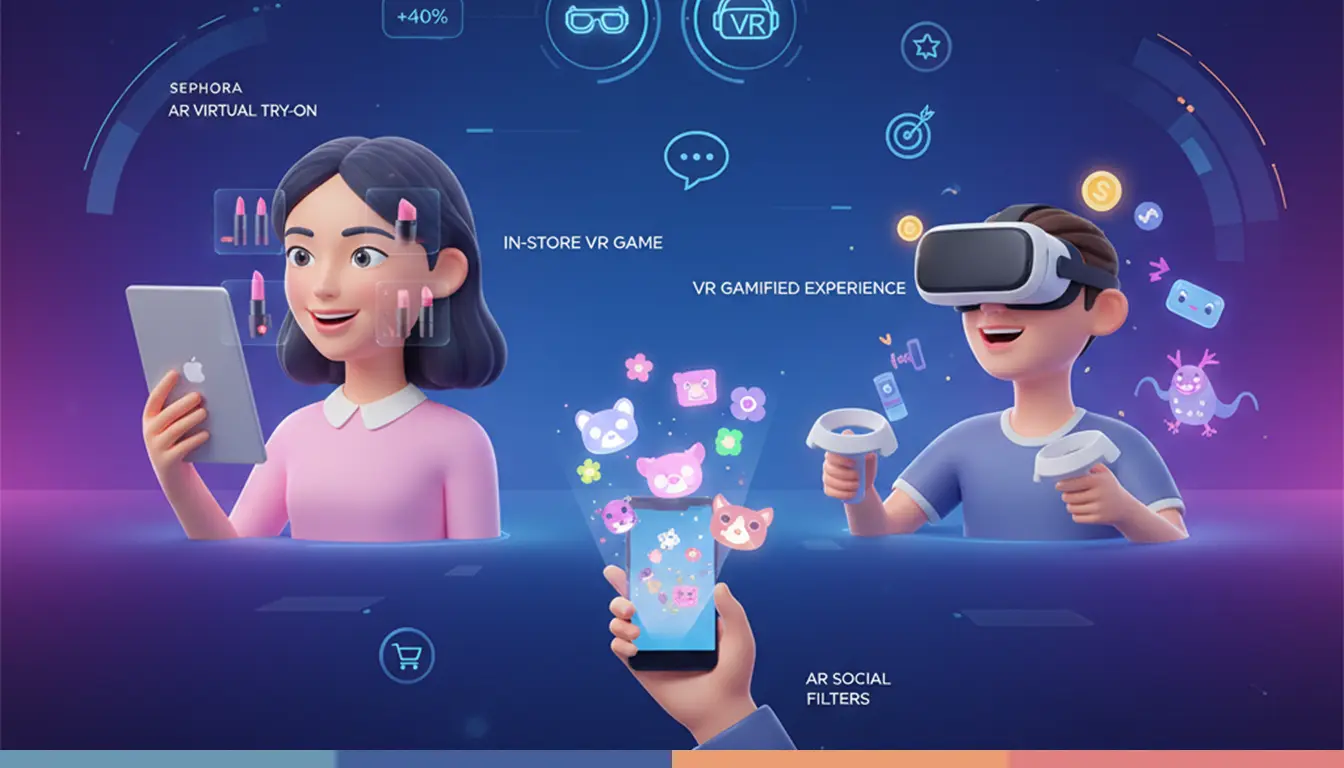How Do We Know If Our Training Works?

As HR professionals, we often grapple with the challenge of determining whether our employee training programs are truly effective. It’s a common struggle: we’ve invested time and resources into developing these programs, but how can we be certain they’re delivering the desired outcomes? Ensuring that employee training is effective is crucial for organizational success, Let’s find out the key indicators of effective training, the factors that contribute to its success or failure, and explore how gamification can enhance our training efforts.
Indicators of Effective Training
1. Achievement of Learning Objectives
We set specific learning objectives to guide our training programs, but assessing whether employees have met these objectives can be challenging. It’s essential to implement robust evaluation methods, such as pre- and post-training assessments, to measure knowledge acquisition and skill development. Without these metrics, we risk investing in training that doesn’t yield tangible benefits.
2. Behavioral Changes
Observing changes in employee behavior post-training is a practical way to gauge effectiveness. However, linking these changes directly to the training can be complex due to various influencing factors. Regular performance evaluations and feedback mechanisms can help us identify whether the training has positively impacted employee performance.
3. Business Impact
Ultimately, our training programs should contribute to organizational goals, such as increased productivity or improved customer satisfaction. Yet, isolating the impact of training from other variables in a dynamic business environment is often difficult. Utilizing key performance indicators (KPIs) aligned with training objectives can assist in measuring this impact more accurately.
Factors Contributing to Successful Training
Needs Assessment
Conducting a thorough needs assessment ensures that our training addresses the specific requirements of both the organization and its employees. Without this step, we may develop programs that miss the mark, leading to disengagement and wasted resources. Engaging with employees to understand their challenges and aspirations can provide valuable insights for tailoring effective training.
Engaging Content
We’ve all encountered training sessions that fail to captivate, resulting in low retention and application. Developing interactive and relevant content can enhance engagement, making learning more enjoyable and effective. Incorporating real-world scenarios and practical exercises can bridge the gap between theory and practice.
Supportive Environment
A workplace culture that promotes continuous learning encourages employees to apply new skills without fear of failure. As HR professionals, fostering such an environment involves providing ongoing support, resources, and opportunities for development. This approach not only enhances training effectiveness but also contributes to employee satisfaction and retention.
Factors Leading to Training Failure
Lack of Clear Objectives
Without well-defined goals, training programs can become unfocused, leaving employees uncertain about expected outcomes. This ambiguity can lead to disengagement and poor application of skills. Establishing clear, measurable objectives provides direction and a benchmark for success.
Poor Engagement
Monotonous lectures or irrelevant content can result in low participation and retention rates. To combat this, incorporating interactive elements and aligning content with employee interests and job roles can boost engagement.
Insufficient Follow-Up
Training shouldn’t end when the session concludes. Without reinforcement through follow-up sessions or practical application opportunities, employees may quickly forget what they’ve learned. Implementing post-training support, such as refresher courses or mentorship programs, can help solidify new skills and knowledge.
The Importance of Employee Happiness in Training
Employee happiness isn’t just a feel-good factor, but it’s a critical component of effective training. When employees are happy, they’re more engaged, motivated, and open to learning new skills. Research indicates that organizations with highly engaged employees experience a 17% increase in productivity and a 21% increase in profitability.
However, achieving this level of engagement requires more than just delivering content. It involves creating an environment where employees feel valued, respected, and genuinely interested in the material. This is where interactive and enjoyable training methods come into play.
Enhancing Training with Gamification
Incorporating gamification into our training programs can address several common challenges we face. By integrating gamification into training software accessible via mobile devices, web platforms, or virtual reality, we can create more engaging and interactive learning experiences. Gamified training modules can transform mundane content into interactive scenarios, encouraging active participation. This approach not only makes learning more enjoyable but also enhances knowledge retention and application. For example, implementing a points system for completing training modules can motivate employees to engage more deeply with the material.
Getting Started with Gamification
Before the training even begins, it’s crucial to set a positive tone. This involves clearly communicating the objectives and relevance of the training to the employees’ roles. When employees understand the purpose behind the training, they’re more likely to approach it with enthusiasm.
Additionally, gathering input from employees about their learning preferences can help tailor the training to suit their needs better. This collaborative approach fosters a sense of ownership and respect, laying the groundwork for a more engaging experience.
Pre-Training Evaluation
Before initiating any training program, conducting a pre-training assessment is crucial. This step helps us gauge the existing knowledge and skills of our employees, allowing us to tailor the training content to address specific gaps. Pre-training surveys or assessments can identify the areas where our team needs the most development, ensuring that the training is relevant and targeted.
Additionally, understanding our employees’ expectations and learning preferences through pre-training evaluations can help us design a program that is engaging and effective. By aligning the training objectives with the actual needs of our workforce, we increase the likelihood of achieving meaningful outcomes.
During Training Evaluation
Monitoring progress during the training sessions is equally important. Incorporating knowledge checks, quizzes, or interactive activities can help us assess whether the participants are grasping the material. This real-time feedback allows us to make necessary adjustments on the spot, enhancing the overall learning experience.
Engaging with participants during the training also fosters a collaborative learning environment. Encouraging questions and discussions can provide deeper insights into the learners’ understanding and highlight areas that may require further clarification.
The training itself should be designed to be as interactive and enjoyable as possible. Incorporating elements like group discussions, hands-on activities, and even humor can make the learning process more engaging. Gamification, which involves integrating game-like elements into the training, can be particularly effective.

For instance, using mobile-based games or virtual reality simulations can transform mundane training sessions into dynamic learning experiences. This not only makes the training more enjoyable but also enhances knowledge retention and application.
Post-Training Evaluation
After the training concludes, post-training assessments are essential to measure the effectiveness of the program. Comparing pre- and post-training assessment results can reveal the extent of knowledge or skill acquisition. However, it’s important to note that immediate post-training evaluations may not fully capture the long-term impact of the training.
Implementing delayed evaluations, such as follow-up surveys or performance reviews weeks or months after the training, can provide insights into how well employees have retained and applied the new information in their roles. This approach helps us understand the real-world impact of the training and informs future program improvements.
By systematically evaluating our training programs before, during, and after implementation, we can ensure that our efforts lead to meaningful improvements in employee performance and contribute to our organization’s success.
Conclusion
Ensuring our employee training programs hit the mark is crucial for our organization’s success. We’ve discussed key indicators of effective training, factors that can make or break these programs, and how gamification can boost engagement.
Effective training is evident when employees meet learning objectives, demonstrate positive behavioral changes, and contribute to business goals. Achieving this requires a thorough needs assessment, engaging content, and a supportive environment. Conversely, training can falter due to unclear objectives, poor engagement, or lack of follow-up.
Employee happiness plays a great role in training effectiveness. When employees are happy, they’re more engaged and open to learning. Incorporating gamification like interactive scenarios and mobile-based games can make training more enjoyable and effective.
If you’re looking to implement truly effective training for your employees, consider collaborating with us at Level Up powered by Agate. Together, we can create gamified training solutions tailored to your company’s specific needs, ensuring your team not only learns but thrives.
If you are interested in learning more about gamification and how it can benefit you or your organization
Check out our gamification services page and contact us today. We are ready to help you create a gamification experience that aligns with your needs and preferences.
The Authors

Junialdi Dwijaputra

Dias Setyanto
Related Articles
- All Posts
- All-EN
- Education-EN
- News-EN
- Service Highlight-EN








